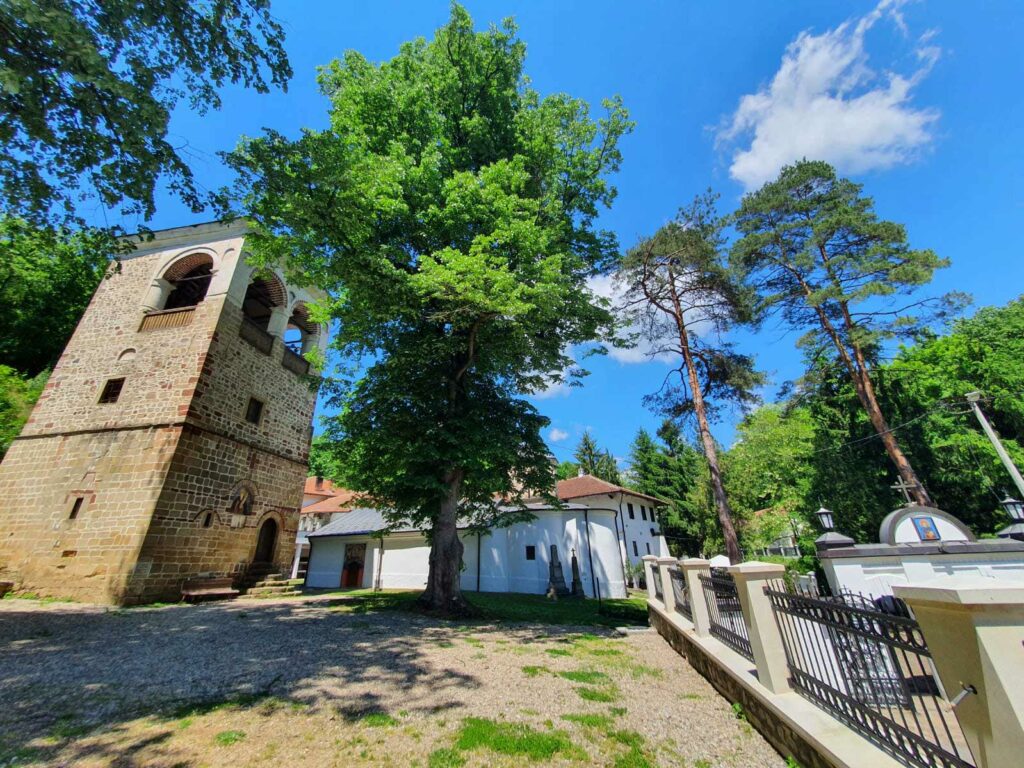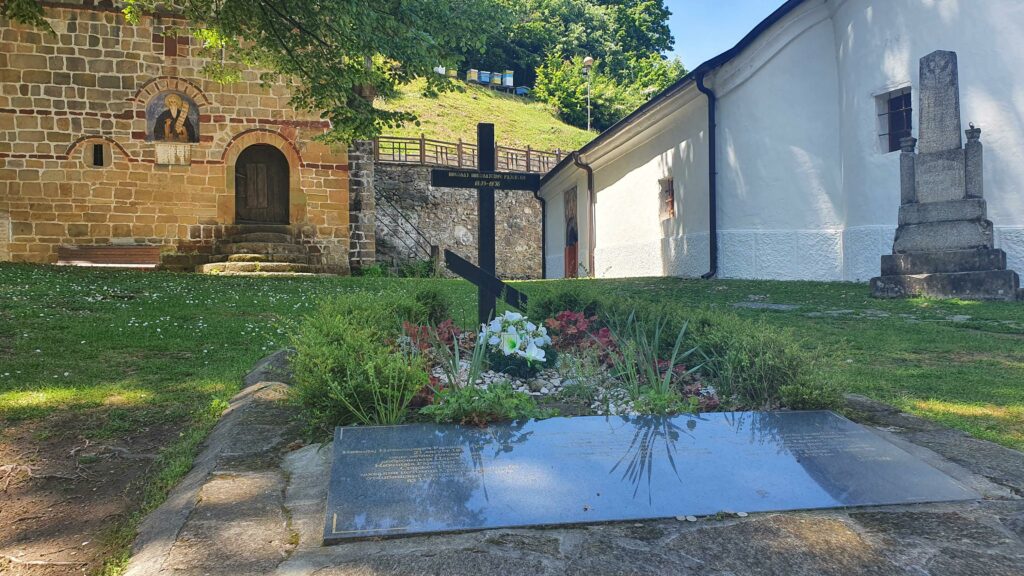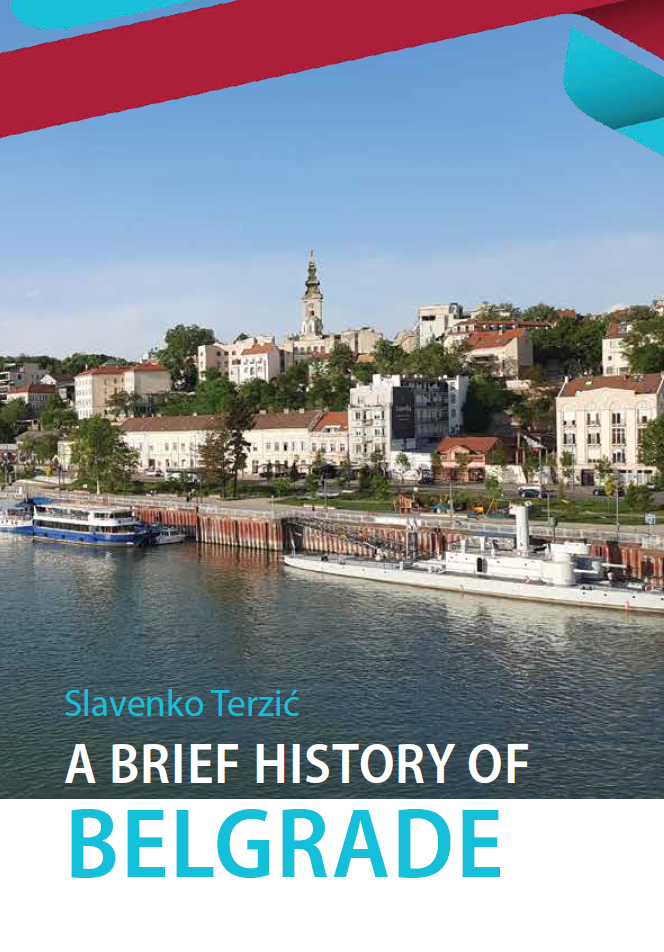Monastery of St. Roman
In a search for interesting stories from Serbia, the road led us to the monastery of St. Roman. This beautiful, mystical monastery lies on the right bank of the Morava not far from the village of Djunis. From Belgrade, the trip to the monastery takes something around 2h.
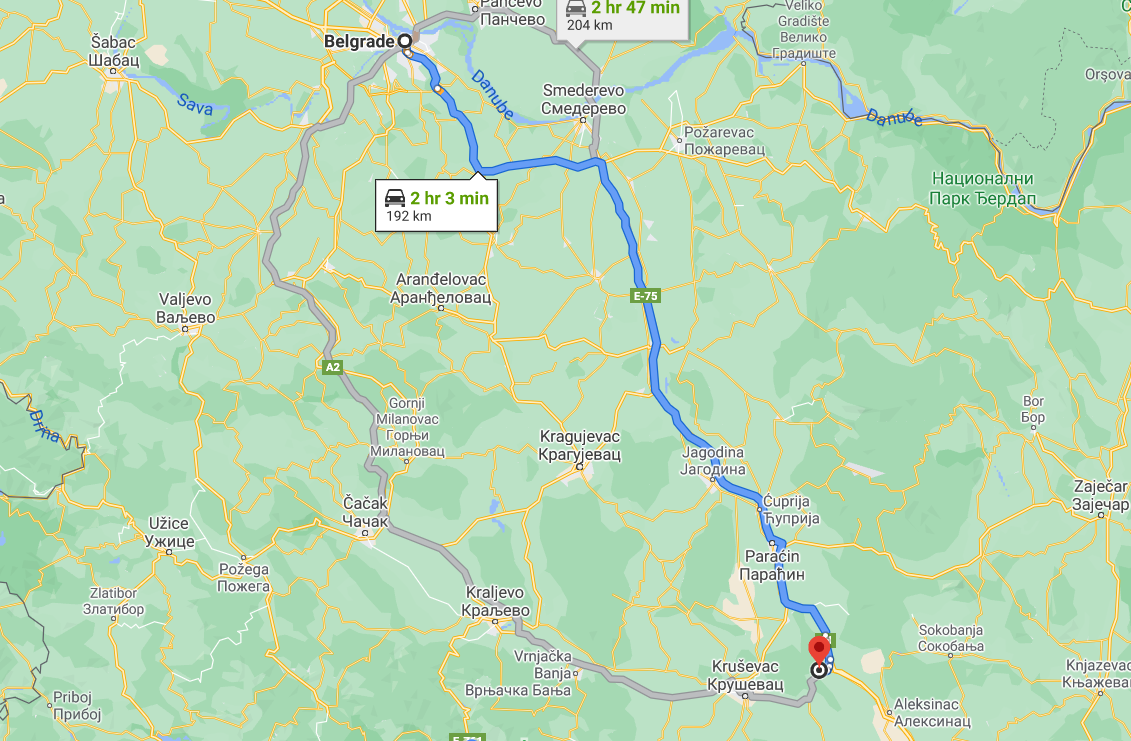
The monastery of St. Roman belongs to the group of the oldest monasteries in Serbia, and the first records about this monastery date from the early second century, more precisely from 1019. The first written testimony about the monastery of St. Roman was in Chrysostom of the Byzantine emperor Basil II.
At the place where the Venerable Roman Sinait died, the monastery of St. Roman was built, which according to tradition moved here in 888. Not much is known about the monk Roman. There are two legends, where according to the first legend, the monk Roman moved to Serbia from the Sinai monastery during the time of Prince Lazar, while according to the second legend, Roman was a student of Clement of Ohrid. His holy relics have been preserved in the monastery church to this day.
The fact that the monastery was not renovated during the entire period of the Nemanjić dynasty speaks of the very good material condition of the monastery. In the 14th century, when Kruševac became the capital of Serbia, Prince Lazar Hrebeljanović started the renovation of the monastery in 1377. One of the Hilandar charters, dating from 1381, speaks of the great brotherhood of the monastery, which took care of the insane. Also, the cavalry guard of the holy prince Lazar was in the monastery, which is why the monastery was called Konjice in Turkish circles. During the Turkish conquests after the Battle of Kosovo in 1389, the monastery was burned, looted, and destroyed several times, but soon rebuilt. According to a Turkish record from 1498, the monastery had large, landed estates, as well as two monks. It is also mentioned in Turkish writings from 1516 and 1616, and the name of Abbot Mitrofan is mentioned. However, the monastery suffered the greatest destruction in the 16th century during the Austro-Turkish War of 1716-1718, when it was demolished to its foundations.
According to some historical documents, out of gratitude to the Venerable Roman, over whose relics he was miraculously healed from a serious illness, George Pila restored the monastery in 1795. For this endeavor, he had to go to Constantinople and ask Porte for a firman which would enable him to rebuild the monastery. The firman cost 300 groschen.
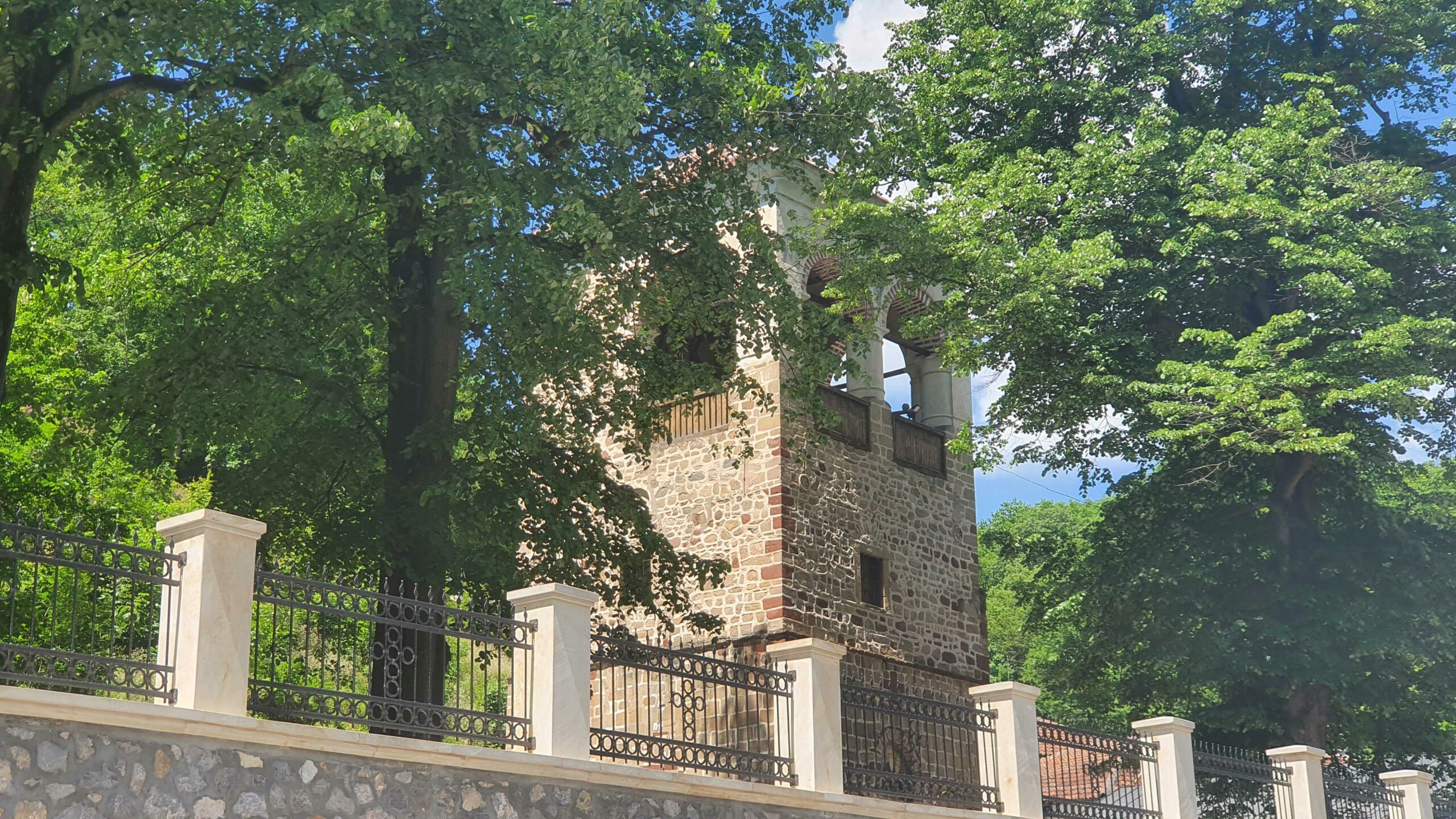
Monastery of St. Roman and records of Felix Kanitz
Many important records about the monastery were provided from the Austro-Hungarian archaeologist Felix Kanitz, who visited the monastery in 1896, leaving important information about the monastery. Felix notes that the church with a semicircular apse and dome was destroyed in 1448 "when Hunyadi fled Kosovo and that in 1791 it was expanded with a narthex and additional buildings on the south side." Also, Kanitz states that Prince Lazar restored the monastery in 1377. years. With the last renovation in 1795, the monastery church was finished and has not suffered since then.
Felix Kanitz also noted that in 1893 the monastery owned 82 hectares of arable land and meadows, then 3 hectares of orchards and vineyards and about 115 hectares of forest. The monastery on the Morava owned two mills, and the monastery itself earned 6,000 dinars a year.
In the monastery gate, there is a large bell tower 12 m high. The bell tower was erected in 1852, with the great efforts of the abbot of the Holy Romanesque family, the famous Archimandrite Sava Petrović. The bell tower has three bells, one of which is a gift from Prince Miloš Obrenović from 1833.
In the monastery in the Middle Ages, as we have already written above, there was a hospital for the treatment of the mentally ill. The hospital operated until the end of World War II. During the Battle of Deligrad in 1806, the wounded were brought to the monastery, and Captain Vučo Žikić died in the monastery as a result of being wounded on April 14, 1807. The abbot of the Melchizedek monastery stayed with the insurgents at the front, during the Battle of Deligrat, providing them with support, confession, and communion.
Count Vronsky and the monastery of St. Roman?
Do you remember Count Vronsky? The romantic story of the love of Vronsky and Ana Karenina continued its tragic end in Serbia, that is, near Veliki Adrovac. Tolstoy was inspired by the character of Count Vronsky by a Russian nobleman and colonel Nikolai Rajevski.
Nikolai Rajevski was a Russian volunteer in the Serbian-Turkish war in 1876, during his second visit to Serbia. At that time, a considerable number of Russian volunteers came with him, both officers and ordinary soldiers (there was talk of figures between 3 and 5 thousand). Upon his arrival in Belgrade from Odessa, he immediately reported for duty on the Moravian front, with General Cajevski. He fought important battles, among which the most important is certainly the battle near Veliki Adrovac, where he lost his life. According to one of the legends, Vronsky (Rajevski) had three hearts, he left one to his homeland Russia, the other to Ana, the woman he loves, and he laid the third heart for Serbia, the country he fell in love with. His "third heart" still lies in front of the temple within the complex of the monastery of St. Roman.

source: „Love“ (1927) / Wikimedia Commons
Holy Rome Monastery during the First and Second World Wars
With the blessing from Bishop Dositej, during World War I, a center for the care of war orphans was established in the monastery. The children were cared for and treated in the monastery by monks, as well as doctors from Russian military missions. Zika Stankovic from Nis, Prote, wrote that in 1915, "before the enemy's attack, the entire family staff left the monastery."
All children, aged one to fifteen, among whom were about fifty boys and the same girls, were left in the care of only two young hieromonks, hieromonks, Mihailo Popović and Mojse Branković. The monks fed these children, took care of them, educated them, and taught them. About forty children were released to the monastery and after that, they returned to Belgrade for crafts and schools.
After the Second World War, almost all the property of the monastery was confiscated. With the blessing of the Bishop of Nis, Dr. Jovan Ilić, in 1960 the monastery was turned into a nunnery, and on August 4, 2012, with the blessing of the Bishop of Niš, Dr. Jovan Purić, the monastery was transformed into a man again.





